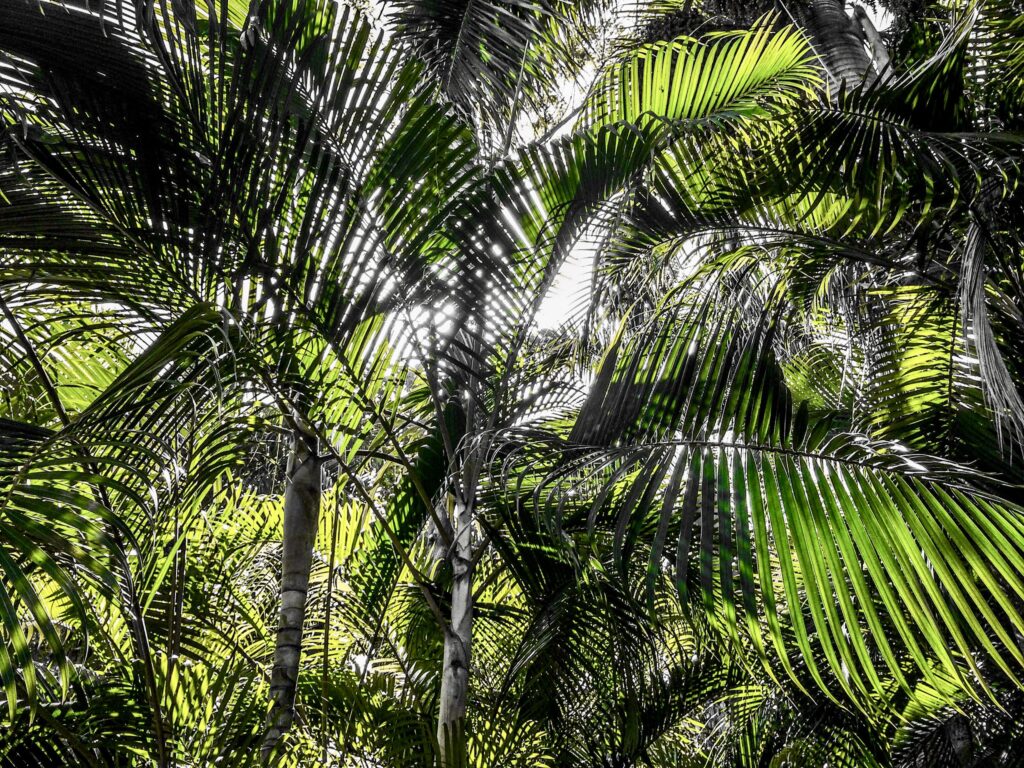
Tropical forests are an important part of the global carbon cycle because they take up and store large amounts of carbon dioxide. Because of this, deforestation in the Amazon and other tropical forests is a major contributor to the growing CO2 levels in the atmosphere.
Therefore, climate models need to accurately take into account the ability of tropical forests to sequester carbon. It turns out that this is not such a simple matter. A new study by the International Institute for Applied Systems Analysis sought to determine how much detail about tropical forests is needed in order to make valid assumptions about the strength of forest carbon sinks.
They looked at the role of both biotic factors – differences between plant species that are responsible for capturing more or less carbon from the atmosphere – and abiotic factors – local environmental factors like soil properties that also influence carbon sink strength.
It is generally assumed that more diverse forest communities capture available resources more efficiently as a result of complementary characteristics and preferences of certain species to specific conditions. Factors like soil texture and chemistry are also important. In general, the results show that abiotic and biotic factors interact with one another to determine how much carbon can be stored by the ecosystem.
Traditional projections of the role of tropical forests in storing carbon mostly rely on remote sensing techniques that integrate over large spatial areas. The new study shows that there can be large differences in the carbon storing ability of tropical forests and that more detailed models are needed to produce more accurate projections.
**********
Web Links
Shedding light on how much carbon tropical forests can absorb
Photo, posted July 17, 2014, courtesy of Flickr.
Earth Wise is a production of WAMC Northeast Public Radio.
Leave a Reply